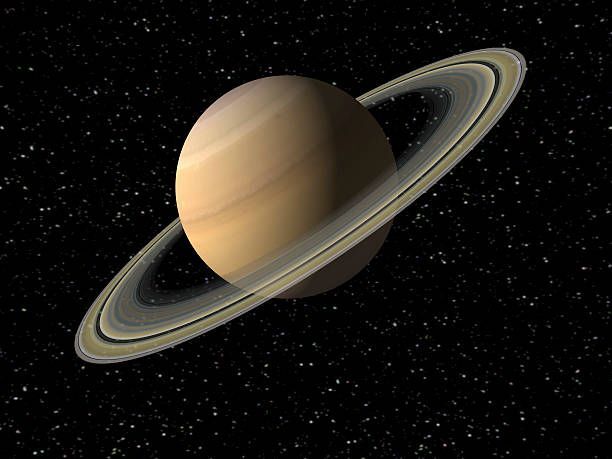Just get it over with and start building an equatorial particle collider already.
Unironical support
Can we get a collider between moon an earth? I know, a lot of particles out there, but if we isolate it?
We currently can’t block enough radiation to make space travel safe for humans in long term situations unless we are blessed with the calmest of space weather based on some recent news about the long term effects on the kidneys in the conditions of space travel (source, I believe the research still needs to be corroborated https://phys.org/news/2024-06-astronauts-kidneys-survive-roundtrip-mars.pdf )
We’re still not at the Star Trek radiation screen level, unfortunately. So I’m not confident we can isolate this well enough. Earths magnetic field and atmosphere do a lot of work for us, and we still cannot replicate their function well enough to make it safe for humans long term. And this is a project that was put underground because it was more sensitive than humans.
I think we could easily shield this, it would just be stupendously expensive to bring all that lead up there
Put one of them magnet floating trains on top please.
The equator express.
How about refular trains?
… around the sun.
Free power as well. I see no downside to this.
Accidentally accelerates the whole mass of the sun in a fragile ring of superheated plasma at ridiculous speeds.
Capitalism. Privatization of Sun.
Orbital particle collider or bust
That’s what the asteroid belt is for!
Just put it in orbit! Let’s commit and put a ring on this planet!
Honest question could this be feasible with a few dozen satellites positioned above the Van Allen Belts to accelerate particles, and just letting the particles raw dog the solar wind and ride around Earth’s gravity well between each acceleration satellite? Cause that would be badass
No, to orbit the earth at an height of let’s say 1000 km you would need a speed of around 7km/s. If you go faster, you don’t follow an circular orbit. Wirh around 11km/s you would be so fast to leave the gravity well of earth. The particles in those colliders are almost moving at the speed of light. To be exact, they move only 3.1m/s slower than the speed of light, so almost 300000km/s. They would fly almost straight and would be barely influenced by the gravity well.
Ok, so a huge circular tube it is then
Skip that. Put it in orbit and make it double as a solar collector array and beam the extra energy back down.

Fr no solid theoretical basis, just trust me bro
Saturn is one step ahead of us

They’ll be gone in another 15 million to 400 million years.
The two first are the same?
Ops, I meant the Proton Syncrotron.
It’ll still be called the Future Circular Collider when it’s shut down after forty years of service. You gotta commit to a scale in the proposal, like the Overwhelmingly Large Telescope.
Chucky McParticleface
Lead engineer, Dr. Slab Bulkhead.
Orbital collider when?
Maybe that’s the real Kardashev scale…
Just one more collider bro I swear just this one and we’ll fix the standard model bro just one more I swear
The last time? aaaahahahaa… no. There are several phenomenon that require energy levels that only stellar objects can throw off. They’ll be asking for bigger colliders even when they’re dedicated space stations firing what would be equivalent to weapons of mass destruction at each other.
Unless scientists can figure everything out just by observing space, there will always be a demand for a bigger collider. Since scientists like to control variables and don’t like waiting for random events that they then almost have to reverse-engineer to explain (without most all of the sensitive detectors built in to these colliders), there will always be a demand.
I said 10y, but yes it will need a lot more colliders.
“We just want to smash two little planets together at 99% speed of light!”
I’m inclined to let them. I wanna see that,
Larger Hadron Collider
Why does a larger loop mean better results?
More size = more speed and more particles colliding = more bang = more data = for example possibility for dark matter and/or heavier particles to be found.
Is we even sure Geneva hasn’t already been overrun by the Combine?
No, that would be Bulgaria
I like how it went from second to third picture. Borders? Who needs borders?
Of course they need a bigger one. They haven’t spontaneously created a world-ending black hole yet.
(Actually? They should build one looping around the meridians. Maybe build a turret at each pole. You know. In case aliens show up. )
My understanding based on watching too many science communicators videos on YouTube is that such tiny black holes would evaporate quickly before causing harm that humans could appreciate. However, this would provide experimental evidence of Hawkings theory.
Unironically, getting to watch short-lived black holes explode could be really, really useful.
But no, the larger one on the picture isn’t anything near big enough for that.
Didn’t stop some fearmongering from the last one that went operational.
“The new supercollider could cause BlAcK hOLeS; ExPeRtS SaY!!!1!1!1!1!2!?3!!4!!!”
Honestly, I would love a slow-mo guys style video of a bunch of
nerdsvery professional researchers smashing microsingularities into randomfruittargets.I assume it would be fairly boring without some massive magnification… but ya know….
I can probably look this up but how does size effect the result in these things?
The limiting factor is the bend. The subatomic particles want to go in a straight line. A magnetic field is used to bend the beam around into a circle. The faster the particles are moving however, the more energy is needed to bend them. A larger circle has less bend. This lets you get your particles faster.
Since E^2 = M^2 C^4 + P^2 C^2 (the full form is E=MC^2 ). If you can force the particle to stop rapidly, then you can force the energy from momentum into mass. This is done by hitting 2 beams into each other. The faster the beams, the more energy is available to convert to mass.
Most of the time, this creates a lot of mundane particles. However, ever so often it creates something interesting. They rapidly decay into mundane particles, but the shower they create tells us a lot about them. The catch is that all the energy needs to be present at once. You can’t use more particles, you need to make them move faster.
As for why. The more particles we have to study, the more we can figure out about the underlying rules. We have a number of theories. They all agree at lower energy levels, but disagree at higher energy levels. By knowing which is correct, we can pry deeper into the workings of reality.
Thanks!
Thanks! I’m personally in favor of doing things for knowledge’s sake. That said, what is the stated practical benefit when some government body is writing a check?
There’s a story, though I’m not 100% sure on how true it was. Queen victoria did a royal visit to the new lab overseen by Michael Faraday. She asked him what use this new “electricity” was? His response was along the lines of "mam, we’re not completely sure, that’s why we are researching it.
As for actual uses. It could give us the theoretical key to room temperature super conductors. It could give us a foundation for exotic space drives. It could help crack new forms of fusion reaction.
Ultimately, it’s a foundational block. What gets built on there is hard to predict. By comparison, GPS is not an obvious extension of relativity. However, without an understanding of relativity, GPS would basically be useless. It would drift km/day
More size = more speed and more particles colliding = more bang = more data = for example possibility for dark matter and/or heavier particles to be found.















